Causes of bulging eyes Bulging eyes are most commonly caused by a thyroid disorder. Extra fat and increased muscle size behind the eyeball pushes it forward. In addition, the upper eyelid may shoot up, giving it a 'wider' look. Rarely, an eye bulge could be simply hereditary (acquired from one of your parents), or it could be a large eyeball (myopia).
What is Thyroid Eye Disease? Thyroid eye disease is an autoimmune disease where your body produces abnormal thyroid antibodies, and the tissues around the eye can get involved. It is divided into 2 phases: Active and Inactive phase. a) The active phase: This lasts up to a year, starting from the onset of your eye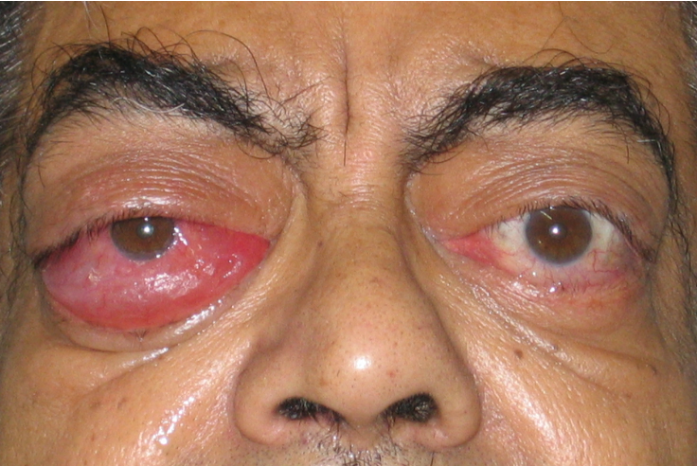 problems. During this period, redness, swelling around the eyes, double vision, and prominence of the eye can increase. During this period, the condition may naturally improve, or worsen. During this phase (first year), most cases are simply observed (do nothing) or steroids are given if vision is affected.
problems. During this period, redness, swelling around the eyes, double vision, and prominence of the eye can increase. During this period, the condition may naturally improve, or worsen. During this phase (first year), most cases are simply observed (do nothing) or steroids are given if vision is affected.
b) The inactive phase: This starts approximately from the 13th month since the onset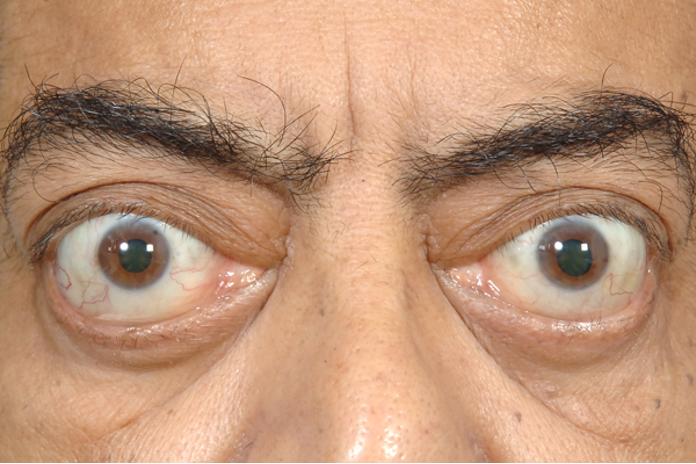 of the eye disease, and stays so for the rest of your life. During this phase, the existing findings do not change anymore.It is during this phase that corrective surgeries are planned. The abnormalities that require surgery include proptosis (prominent eye), eyelid retraction (eyelid shooting up), and squint. All these components require different surgeries and are performed 2-4 months apart.
of the eye disease, and stays so for the rest of your life. During this phase, the existing findings do not change anymore.It is during this phase that corrective surgeries are planned. The abnormalities that require surgery include proptosis (prominent eye), eyelid retraction (eyelid shooting up), and squint. All these components require different surgeries and are performed 2-4 months apart.
What happens during the active phase? 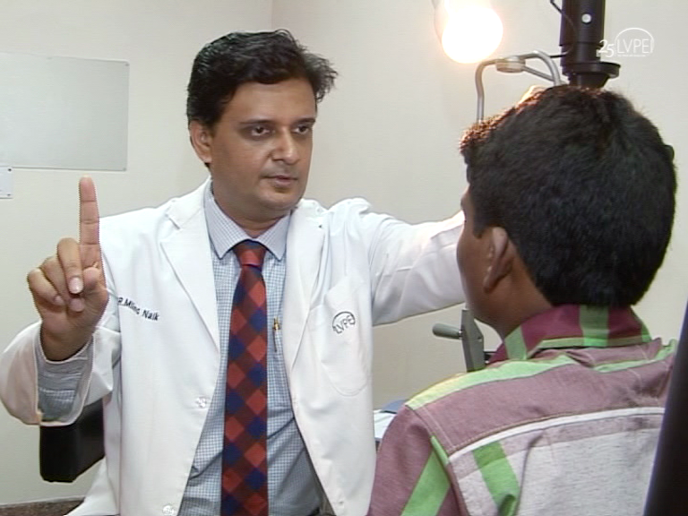 During the active phase (first year), apart from complete eye examination, we measure the vision function, prominence of the eye (exophthalmometry) to see if its is improving or worsening. We also give steroids if required (all patients do not benefit from it). In addition, we may also need to perform imaging (CT or MRI scan) to know the findings behind the eyeball. Unfortunately, natural improvement is seen in a minority (< 5% cases), and most require surgical correction in the inactive phase.
During the active phase (first year), apart from complete eye examination, we measure the vision function, prominence of the eye (exophthalmometry) to see if its is improving or worsening. We also give steroids if required (all patients do not benefit from it). In addition, we may also need to perform imaging (CT or MRI scan) to know the findings behind the eyeball. Unfortunately, natural improvement is seen in a minority (< 5% cases), and most require surgical correction in the inactive phase.
Surgery for bulging eyes 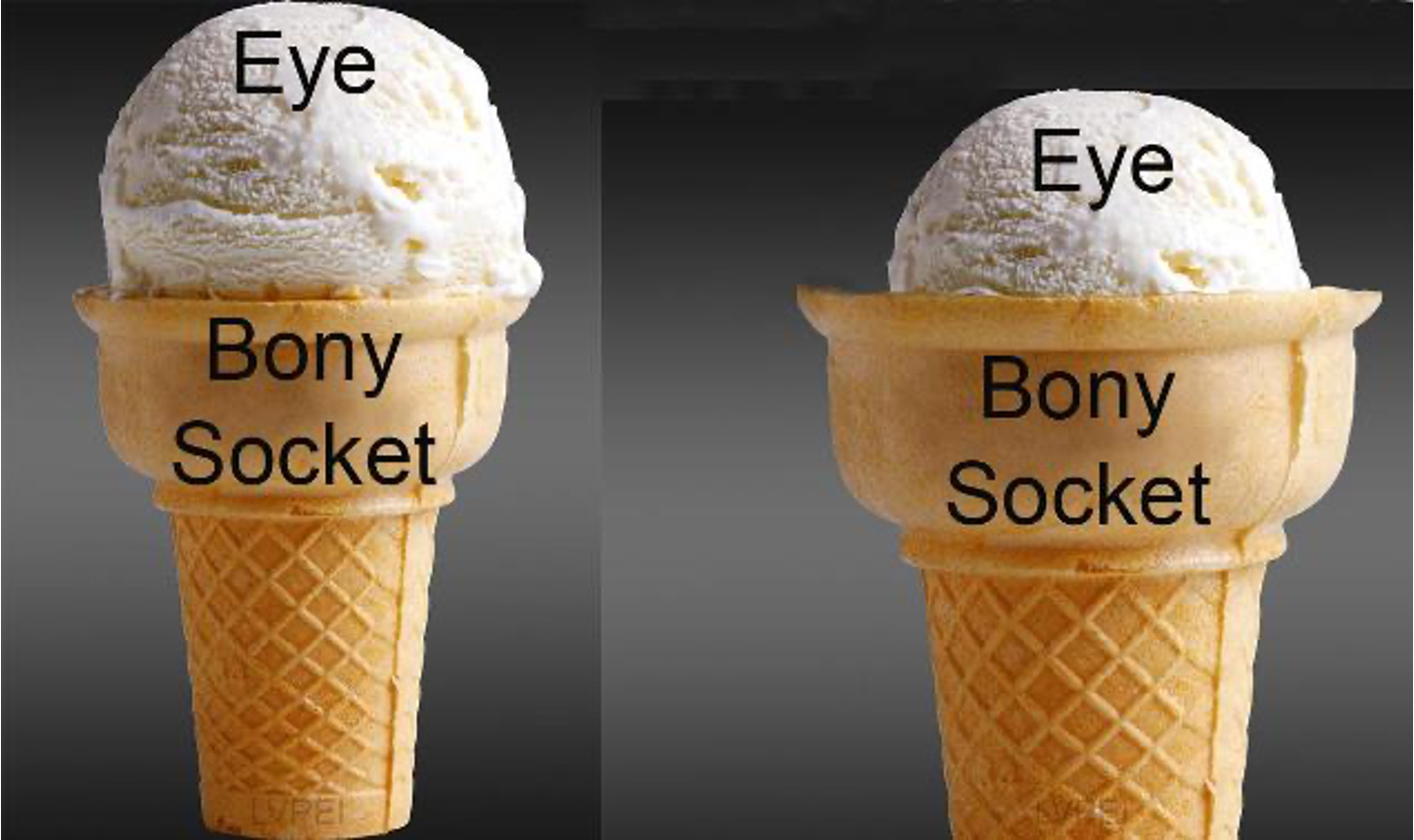 A thyroid patient requires three types of surgeries: For bulging eye, for overshooting eyelids, and for squint. One or all components may be present in a patient.
A thyroid patient requires three types of surgeries: For bulging eye, for overshooting eyelids, and for squint. One or all components may be present in a patient.
1) Orbital decompression: Bulged eye is corrected by moving the eye back into the socket (orbital decompression surgery). This is usually done by micro-surgical fine drilling of the bones around the eye socket so that the eyeball relaxes in. The amount of surgery (number of 'walls' to be decompressed) is tailored to the degree of bulging. The surgery is performed under general anesthesia and requires a 1-2 day hospital admission. On a given day, only one eye is operated, and the second eye can be done after 3-7 days. Final check-up (before you leave to your home city) is usually done 2 weeks from the date of second eye surgery.
2) Eyelid surgery: The eye can also appear bulging because the upper and lower eyelids are overshooting. This surgery is usually performed 2-4 months after the decompression surgery.
3) Squint correction: A minority of patients require surgery for squint (double vision).
To summarise, a thyroid patient may require minimum 1 or maximum 3 surgeries per eye.
Preparation for your surgery During your consultation, we 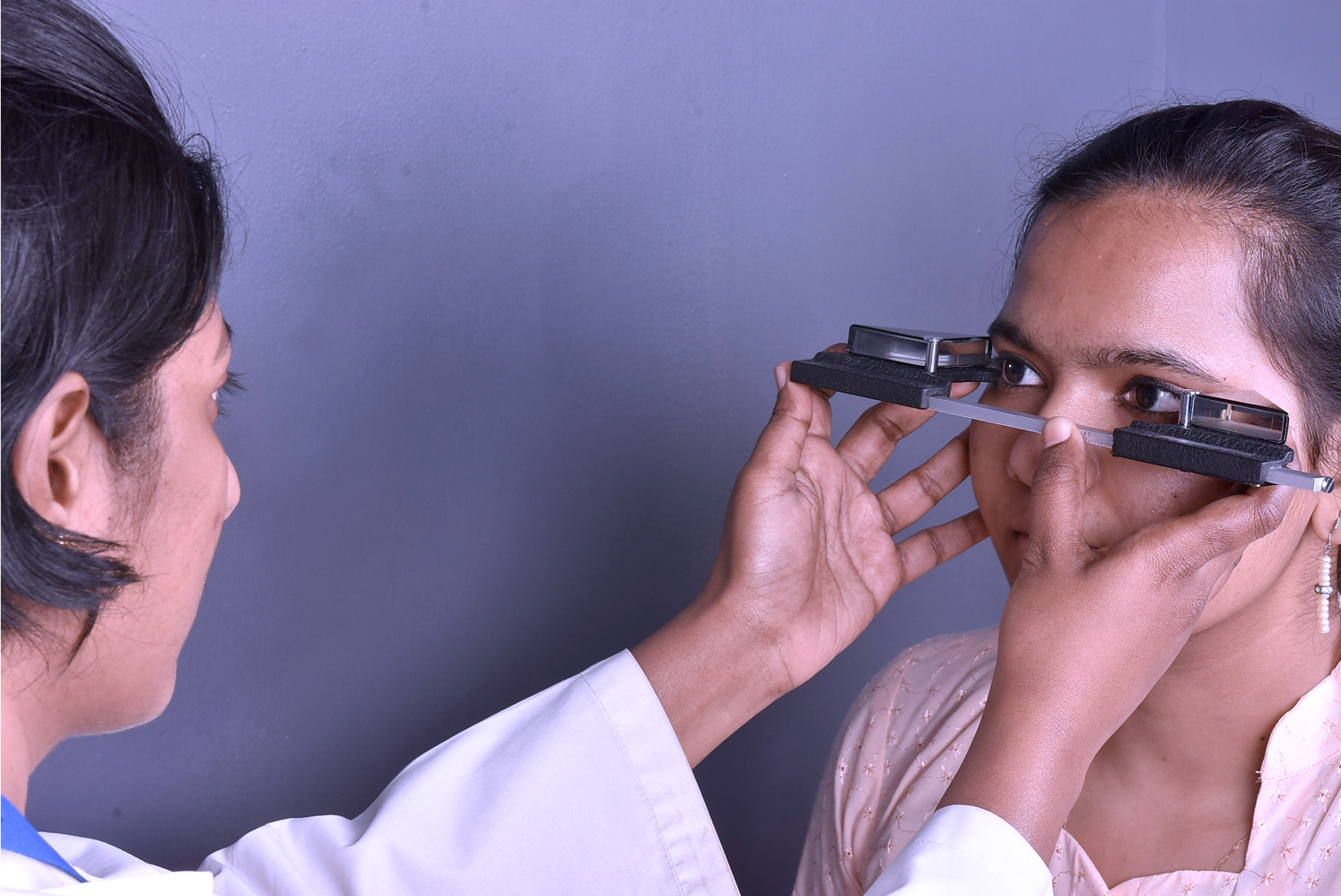 measure the prominence of the eye (exophthalmometry), which decides the severity of the problem (mild, moderate or severe). In addition, we also need to perform a Computed tomography (CT scan) to know the anatomy around the eyeball. Finally, a few blood tests are mandatory for anesthesia fitness.
measure the prominence of the eye (exophthalmometry), which decides the severity of the problem (mild, moderate or severe). In addition, we also need to perform a Computed tomography (CT scan) to know the anatomy around the eyeball. Finally, a few blood tests are mandatory for anesthesia fitness.
Charges To give an exact estimate, we first need to measure your eye findings. The extent of surgery (and therefore its cost) is dependent on measurements. However, here is a rough range of pricing:
Orbital decompression: 60,000-200,000 INR per eye, (depending upon severity). Eyelid surgery: 40,000-80,000 INR per eye ( may be required after 2-4 months) General anesthesia charges: 8000-10000 INR (If performed under GA) Hospital room charges: 5000-12,000 INR per night based on the type of room.
Insurance Most insurance companies will cover the charges for thyroid eye disease related procedures as they affect vision.
Before-After photo gallery: